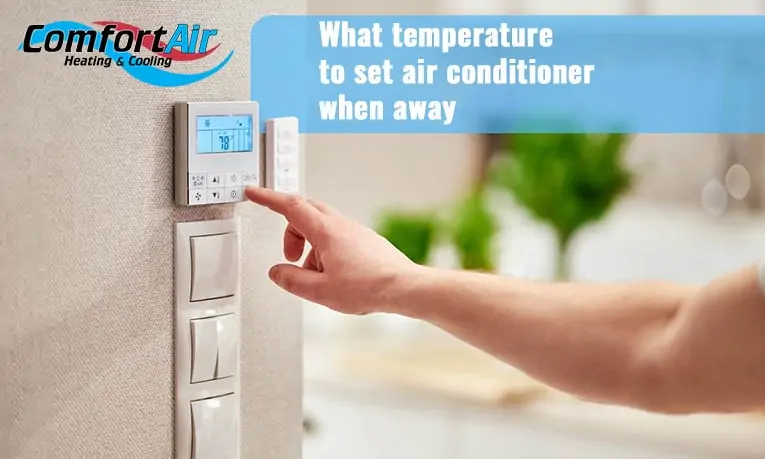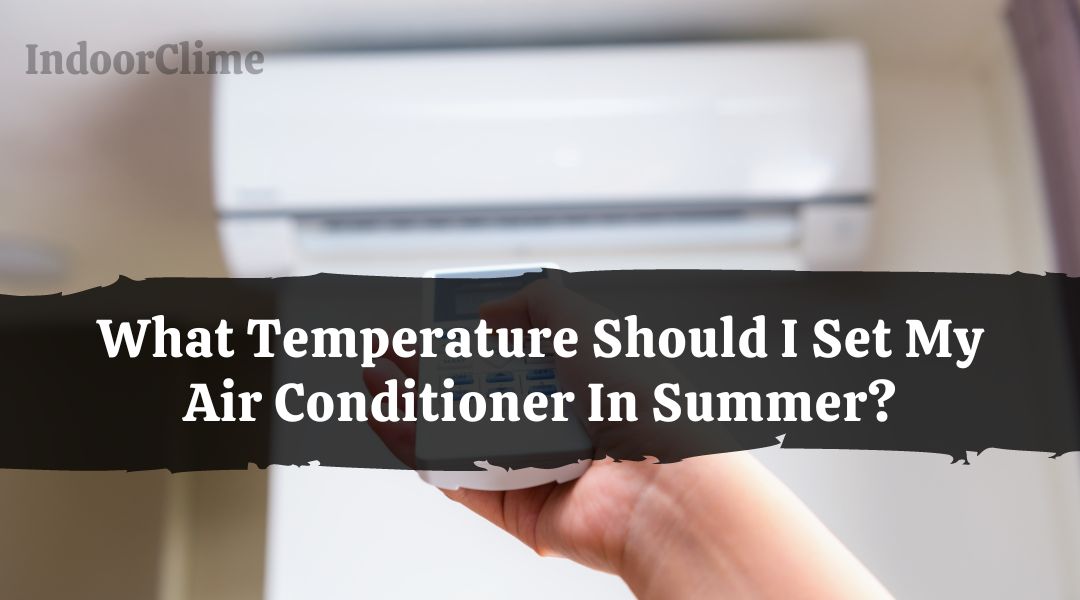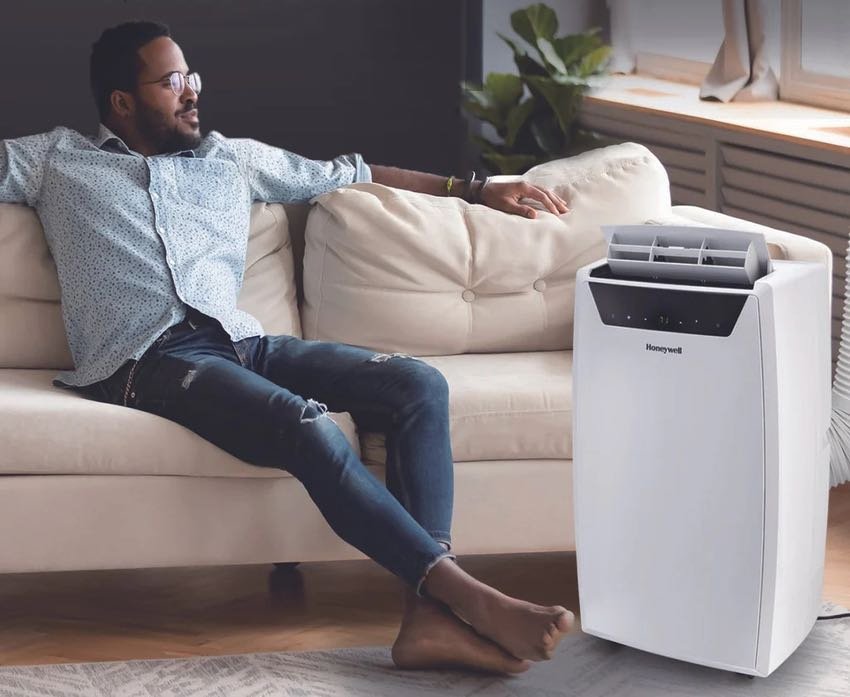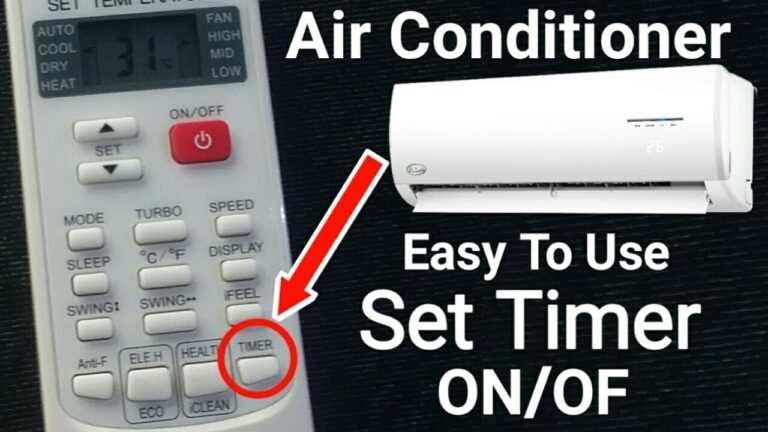What Temp Should You Set Air Conditioner

One of the most common frustrations homeowners face, especially during peak summer and winter months, is an inconsistent or inadequate temperature in their homes. You might set your thermostat to what you think is a comfortable temperature, but certain rooms feel too hot while others are too cold. Or perhaps the AC seems to run constantly without ever truly cooling the house to your desired setting. Before you call an expensive HVAC technician, let’s explore some troubleshooting steps you can take to diagnose and potentially resolve this issue yourself.
Step 1: The Obvious Checks (No Tools Required)
Before diving into anything complex, let's address the low-hanging fruit. These are the simplest things to check that often get overlooked.
Thermostat Settings
Verify the mode: Ensure your thermostat is set to "Cool" and not "Heat," "Auto," or "Fan Only." This seems simple, but it's a frequent culprit.
Check the set temperature: Make sure the temperature you've set is lower than the current room temperature. If it's higher, the AC won't kick on.
Fan setting: If your thermostat has a fan setting, make sure it's set to "Auto." If it's set to "On," the fan will run continuously, even when the AC isn't actively cooling, potentially circulating warm air.
Airflow Obstructions
Check air vents and registers: Make sure all vents and registers in each room are fully open and unobstructed by furniture, curtains, or rugs. Blocked vents restrict airflow and prevent proper cooling.
Inspect return air grilles: Locate your return air grilles (usually larger grilles) and ensure they're also unobstructed. These grilles pull air back to the AC unit to be cooled.
Windows and Doors
Check for drafts: Feel around windows and doors for drafts. Even small gaps can let in warm air, making it harder for the AC to cool the house. Seal any drafts with weather stripping or caulk.
Ensure doors and windows are closed: This may seem obvious, but ensure all exterior doors and windows are properly closed and latched. Leaving them open even a crack can significantly impact cooling efficiency.
Step 2: Deeper Dive (Minimal Tools Required)
If the obvious checks didn't reveal the problem, let's move on to some slightly more involved troubleshooting steps that may require minimal tools.
Air Filter Inspection
Locate the air filter: The air filter is typically located in the return air grille or inside the air handler unit (the indoor component of your AC system). Consult your owner's manual if you're unsure where to find it.
Visually inspect the filter: Remove the filter and hold it up to the light. If you can barely see through it, it's dirty and needs to be replaced. A clogged air filter restricts airflow, forcing the AC unit to work harder and reducing its cooling capacity.
Replace the filter: Use a new filter of the correct size and type (check your owner's manual for specifications). Replacing the air filter regularly (every 1-3 months, or more often if you have pets or allergies) is crucial for maintaining AC efficiency and air quality.
Outdoor Unit Inspection
Visual inspection: Carefully examine the outdoor unit (the condenser) for any visible debris, such as leaves, grass clippings, or branches, blocking the fins.
Clear debris: Use a garden hose (with a gentle spray nozzle) to carefully rinse the fins from the outside. Be careful not to bend the fins.
Check for ice: During operation, check the copper lines leading to the unit for ice build-up. Icing can indicate a more serious problem, such as low refrigerant levels.
Thermostat Calibration (If Applicable)
Check thermostat accuracy: Some thermostats have a calibration setting. Use a separate thermometer to compare the thermostat's reading with the actual room temperature. If there's a significant difference, consult your thermostat's manual for instructions on how to calibrate it.
Replace batteries (if applicable): If your thermostat is battery-powered, make sure the batteries are fresh. Low batteries can cause inaccurate readings or erratic behavior.
Step 3: More Advanced Checks (Potentially Requiring Professional Help)
The following checks involve more technical knowledge and may require specialized tools. If you're uncomfortable performing these steps, it's best to call a qualified HVAC technician.
Ductwork Inspection
Visual inspection (accessible ducts): If you have access to your ductwork (e.g., in an attic or crawl space), visually inspect it for any obvious leaks, tears, or disconnections.
Feel for leaks: With the AC running, feel around ductwork seams and joints for air leaks. Sealing any leaks with duct tape (specifically duct tape, not regular tape) can improve efficiency. However, for significant leaks or damage, consider hiring a professional to repair or replace the ductwork. Improperly sealed ducts can leak conditioned air into unconditioned spaces, wasting energy and reducing cooling effectiveness.
Refrigerant Level Check (Requires Professional Tools and Knowledge)
WARNING: Do NOT attempt to check or add refrigerant yourself unless you are a certified HVAC technician. Handling refrigerant requires specialized equipment and knowledge, and improper handling can be dangerous and illegal.
Low refrigerant levels are a common cause of poor cooling. A professional HVAC technician can use specialized gauges to check the refrigerant level and add refrigerant if necessary. A refrigerant leak should be located and repaired to prevent future problems.
Capacitor Check (Requires Multimeter and Knowledge of Electrical Safety)
WARNING: Working with electrical components can be dangerous. If you're not comfortable working with electricity, leave this step to a qualified HVAC technician.
The capacitor is an electrical component that helps start and run the AC compressor. A weak or failing capacitor can cause the AC unit to run inefficiently or not start at all. A multimeter can be used to test the capacitor's capacitance. If the reading is significantly lower than the capacitor's rated value, it should be replaced by a qualified technician.
When to Call a Professional
While many AC problems can be resolved with simple troubleshooting steps, some issues require the expertise of a qualified HVAC technician. Call a professional if:
- You suspect a refrigerant leak.
- The AC unit is making unusual noises (e.g., banging, grinding, hissing).
- The AC unit is cycling on and off frequently (short cycling).
- The AC unit is not blowing cold air, even after checking the filter and vents.
- You are uncomfortable working with electrical components.
- You suspect a more complex problem with the compressor or other major components.
Regular AC maintenance, such as annual tune-ups, can help prevent many of these problems and extend the life of your unit. A professional tune-up typically includes cleaning the coils, checking refrigerant levels, inspecting electrical components, and lubricating moving parts.
Ideal Temperature Settings
Now that we have covered the troubleshooting aspects, what is the ideal temperature to set your thermostat to in the first place? While personal preference plays a significant role, there are some general guidelines to consider for both comfort and energy efficiency.
During the day when you are home: Aim for 75-78°F (24-26°C). This range provides a balance between comfort and energy savings.
While you are away: Set the thermostat a few degrees higher, around 80-85°F (27-29°C). This will prevent the AC from working as hard while you are gone and save you money on your energy bill.
During the night: Some people prefer a slightly cooler temperature for sleeping, around 70-73°F (21-23°C). A programmable thermostat can automatically adjust the temperature at night.
Remember that these are just guidelines. Experiment with different temperature settings to find what works best for you and your family.
By following these troubleshooting steps, you can potentially diagnose and resolve common AC problems yourself, saving time and money. Remember to prioritize safety and call a professional when necessary. With a little effort and knowledge, you can keep your home cool and comfortable all summer long.










